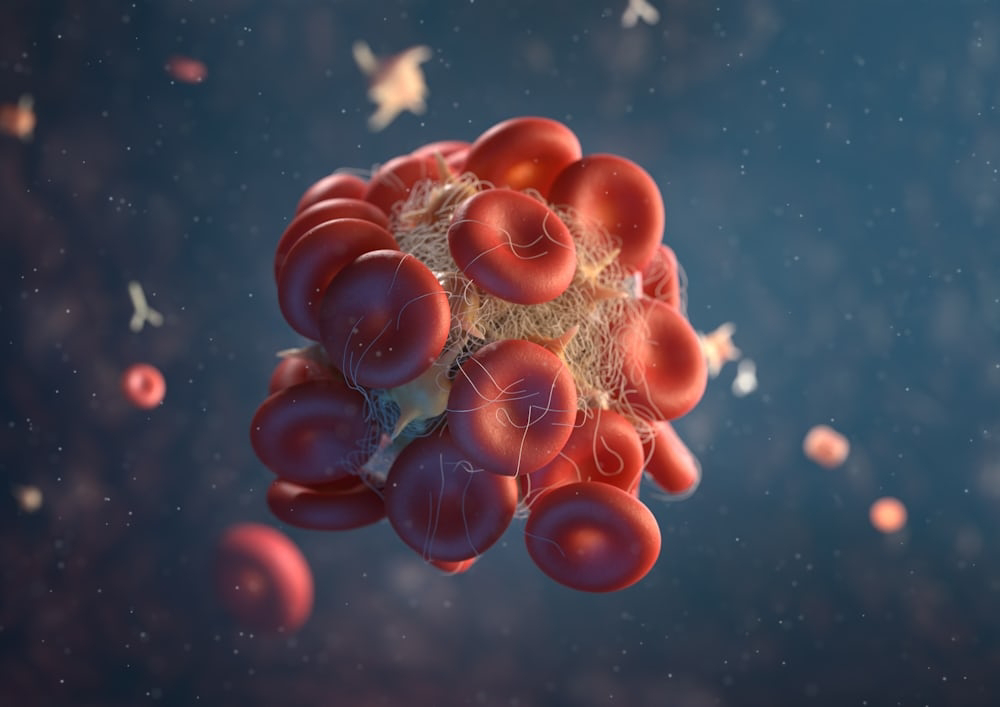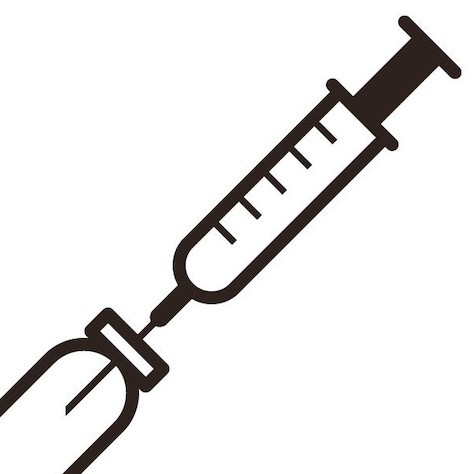History of TRT (Testosterone Replacement Therapy)
Testosterone, a crucial hormone primarily produced in the testes in males and in smaller quantities in the ovaries of females, plays a vital role in numerous physiological functions including the development of male reproductive tissues, muscle and bone mass, and the growth of body hair. Testosterone replacement therapy (TRT) has become a significant medical intervention for those experiencing low levels of this hormone. The history of TRT is rich and complex, reflecting advances in endocrinology, pharmacology, and clinical medicine over more than a century.
Early Discoveries and Experiments in Testosterone Replacement Therapy
The early history of testosterone replacement therapy (TRT) is marked by curiosity, groundbreaking experiments, and the gradual unveiling of the functions and potential therapeutic uses of testosterone. This period spans from the mid-19th century to the early 20th century and laid the foundation for our current understanding of hormonal therapy.
Arnold Berthold's Pioneering Work
The scientific journey into understanding testosterone began with the German physiologist Arnold Berthold in 1849. Berthold conducted one of the earliest and most influential experiments in endocrinology by studying roosters. He removed the testes from roosters and observed significant changes in their behavior and physical characteristics. These castrated roosters, known as capons, did not develop typical male traits such as comb and wattle growth, aggression, and crowing. When Berthold re-implanted testes into the body cavity of the castrated roosters, the birds exhibited normal male behavior and physical characteristics.
Berthold concluded that the testes must secrete a substance that influences the development and maintenance of male characteristics. Although he did not identify this substance as testosterone, his work was crucial in establishing the concept of internal secretions, which would later be known as hormones.
Charles-Édouard Brown-Séquard's Self-Experimentation
Another significant figure in the early history of TRT was Charles-Édouard Brown-Séquard, a French physiologist who made bold claims based on self-experimentation. In 1889, at the age of 72, Brown-Séquard reported that he had injected himself with a concoction made from the testicular extracts of dogs and guinea pigs. He claimed that these injections rejuvenated him, enhancing his physical strength, mental agility, and overall sense of well-being.
Brown-Séquard's announcements were met with skepticism and ridicule by the scientific community. However, his experiments sparked interest and further research into the potential of organotherapy, the practice of using animal organ extracts to treat human ailments. Brown-Séquard's work is often seen as the precursor to modern hormone replacement therapies, despite the lack of rigorous scientific validation at the time.
The Dawn of Endocrinology and the Identification of Testosterone
The early 20th century saw significant advances in the field of endocrinology, the study of hormones and their effects. Researchers began to identify and isolate various hormones, paving the way for more precise and targeted therapies.
In the 1920s, scientists made substantial progress in understanding the chemical nature of hormones. In 1927, Polish chemist Karol Olszewski isolated a substance from bull testicles which he named "testosterone." However, the exact structure and function of this substance remained unknown.
The breakthrough came in the 1930s when three independent research groups successfully isolated and identified the chemical structure of testosterone. In 1935, Adolf Butenandt and colleagues in Germany, Ernst Laqueur in the Netherlands, and a group led by Fred C. Koch and Lemuel McGee in the United States all made significant contributions to this discovery. The isolation and synthesis of testosterone marked a monumental milestone, as it allowed for the production of synthetic testosterone and the development of various formulations for clinical use.
Isolation and Synthesis of Testosterone
The true chemical nature of testosterone remained elusive until the early 20th century. In 1927, the Polish chemist Karol Olszewski isolated a substance from bull testicles which he named "testosterone." However, it was not until the 1930s that significant progress was made in understanding and synthesizing this hormone.
In 1935, three independent research groups successfully isolated and identified the chemical structure of testosterone. Adolf Butenandt and his colleagues in Germany, Ernst Laqueur in the Netherlands, and a group led by Fred C. Koch and Lemuel McGee in the United States, all contributed to this breakthrough. Butenandt and the German chemist Leopold Ruzicka received the Nobel Prize in Chemistry in 1939 for their work on sex hormones, including testosterone.
The commercial synthesis of testosterone began in the late 1930s. The pharmaceutical company Schering AG in Germany and Organon in the Netherlands were among the first to produce synthetic testosterone. This paved the way for the development of various testosterone formulations, including injections, oral tablets, and implants.
Early Clinical Applications
The initial clinical applications of testosterone were primarily focused on hypogonadism, a condition characterized by low testosterone levels due to impaired function of the testes. Physicians began prescribing testosterone to treat symptoms such as reduced libido, fatigue, depression, and loss of muscle mass. However, early formulations had limitations. Oral testosterone was quickly metabolized by the liver, requiring high doses to achieve therapeutic effects, while injectable forms often caused fluctuations in hormone levels.
Despite these challenges, testosterone therapy gained popularity in the mid-20th century. In 1944, Paul H. Talalay and colleagues at the University of Chicago developed testosterone propionate, a longer-acting injectable form that provided more stable blood levels. This innovation marked a significant advancement in the practical use of TRT.
TRT in the Late 20th Century
The landscape of testosterone replacement therapy continued to evolve in the latter half of the 20th century. New delivery methods and formulations were developed to improve efficacy and patient convenience. In the 1980s, transdermal patches were introduced, providing a steady release of testosterone through the skin. This method offered a non-invasive alternative to injections and oral tablets.
The introduction of testosterone gels in the early 2000s represented another major advancement. Gels allowed for easy application and more consistent hormone levels, becoming a popular choice for many patients. Additionally, buccal tablets and subcutaneous pellets offered further options for testosterone delivery.
TRT and Aging
As the understanding of testosterone's role in aging expanded, so did the interest in TRT for older men with age-related declines in testosterone levels. The concept of "andropause" or "male menopause" emerged, drawing parallels to female menopause and prompting investigations into the potential benefits of TRT for improving quality of life in aging men.
Studies indicated that TRT could help alleviate symptoms such as reduced libido, decreased energy, and diminished muscle mass in older men with low testosterone levels. However, the use of TRT in this population also raised concerns about potential risks, including cardiovascular issues and prostate health. The medical community continues to weigh the benefits and risks of TRT in older men, with ongoing research aimed at clarifying the long-term effects.
Regulatory and Ethical Considerations
The rise in popularity of TRT has not been without controversy. The potential for abuse, particularly in the context of athletic performance enhancement, led to increased regulatory scrutiny. The use of anabolic steroids, including testosterone, by athletes to enhance performance and build muscle mass became a significant issue, prompting strict regulations and testing protocols in professional sports.
In the medical field, guidelines for the diagnosis and treatment of low testosterone have been established to ensure appropriate use of TRT. Organizations such as the Endocrine Society and the American Urological Association have developed criteria for diagnosing hypogonadism and recommending TRT, emphasizing the importance of individualized treatment and monitoring.
Current Trends and Future Directions
Today, testosterone replacement therapy remains a vital tool for managing hypogonadism and related conditions. Advances in formulation technology continue to improve the efficacy and convenience of TRT. Novel delivery systems, such as intranasal testosterone, are being explored to provide additional options for patients.
Research into the broader implications of testosterone therapy is ongoing. Scientists are investigating the potential benefits of TRT for various conditions, including cardiovascular health, cognitive function, and metabolic disorders. Additionally, efforts to develop safer and more effective forms of testosterone, as well as alternative therapies that can stimulate endogenous testosterone production, are underway.





Comments
Post a Comment